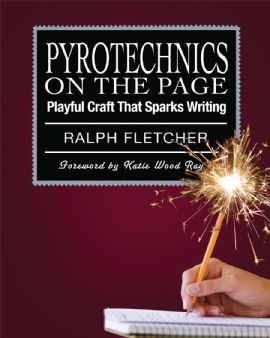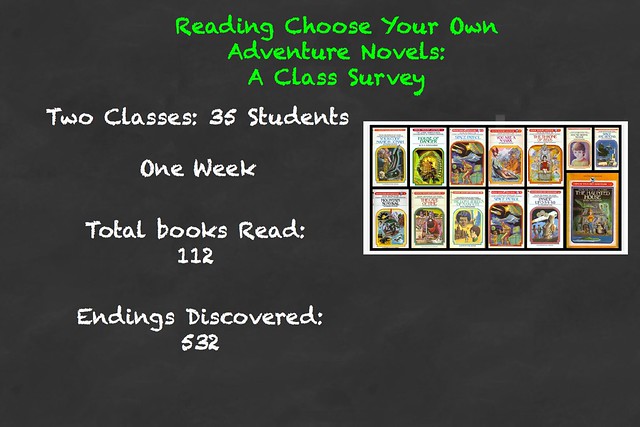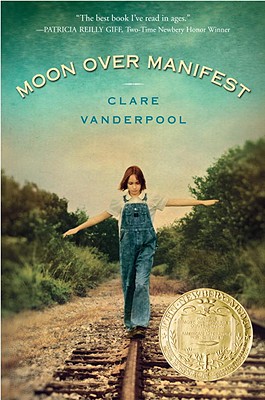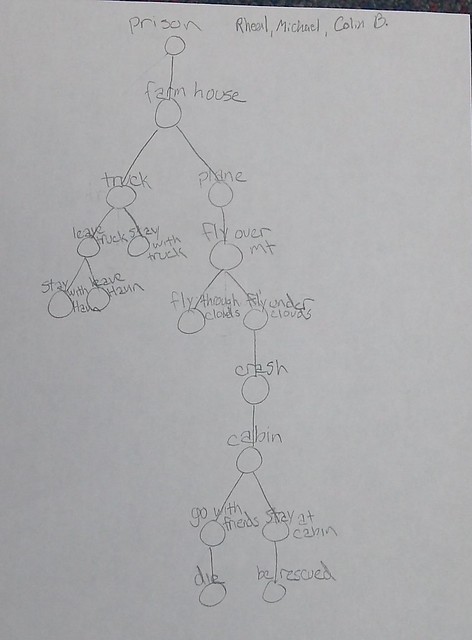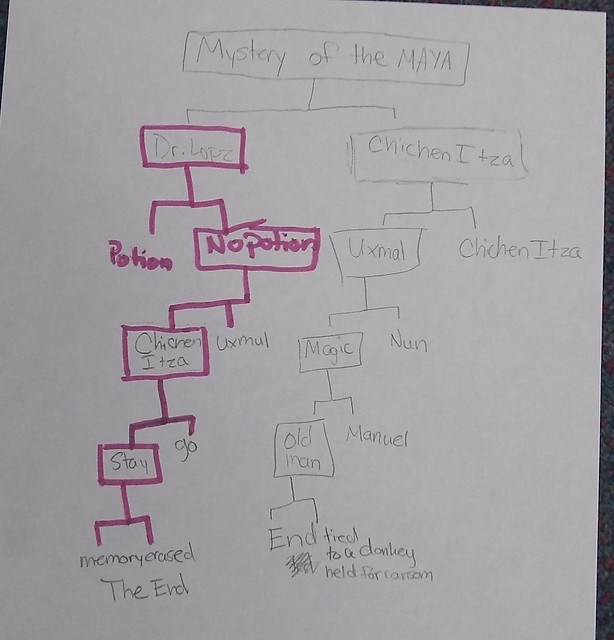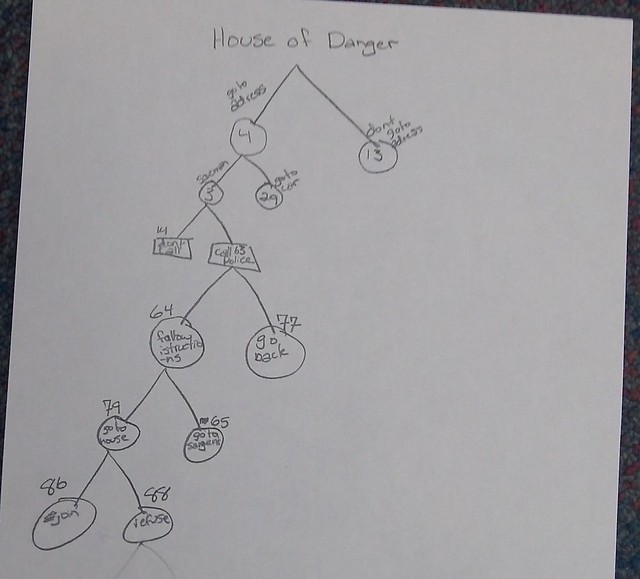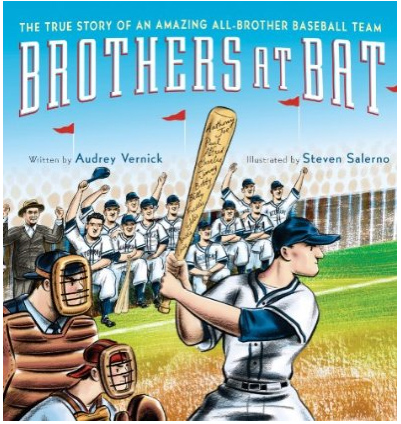
This was one of those “let’s give it a try” read-aloud books that my son and I found (in my classroom library, of all places) and soon, we were deep into the mystery unfolding. Dangerous Waters by Gregory Mone is set on the Titanic, so you know what is going to happen eventually. The ship is going down. But in the days leading up to the disaster, Mone introduces his young protagonist — Patrick Waters — who is a steward on the boat. Waters (I know, the name) meets up with a rich benefactor, whose treasured artifact is an original book by Sir Francis Bacon. The rich mans sees a potential intellectual in Waters and becomes his tutor during the first leg of the journey, discussing Bacon and Treasure Island with the young worker.
Meanwhile, there are two nefarious passengers on the Titanic who want the rare Bacon book for their own (the references to “I want the Bacon” and “Here is my Bacon” had my son laughing) because they believe the book may hold the mystery to unlocking the power of alchemy. They plot, maneuver, scheme and more in order to get the book, even as Patrick uncovers the plot, and becomes part of it. I loved that a treasured book was the center of the mystery, of course.
Another storyline involves Patrick’s older brother, who works in the bowels of the ship, pumping coal into the furnace that keeps the boat moving. It’s a tender touch to the story, and it allows the writer to bring some depth to Patrick’s character and history, as we learn more about his late father — a bibliophile who never fit in with the hard-scrabble Irish working class community where he lived — and the demands of his mother to find a good job with honor.
Disaster awaits, of course, and I won’t give it away, except to say that Mone keeps up a brisk pace with the plot and ends the book on a solid note of Bacon. Or is that a side of Bacon?
Peace (in the adventure),
Kevin

